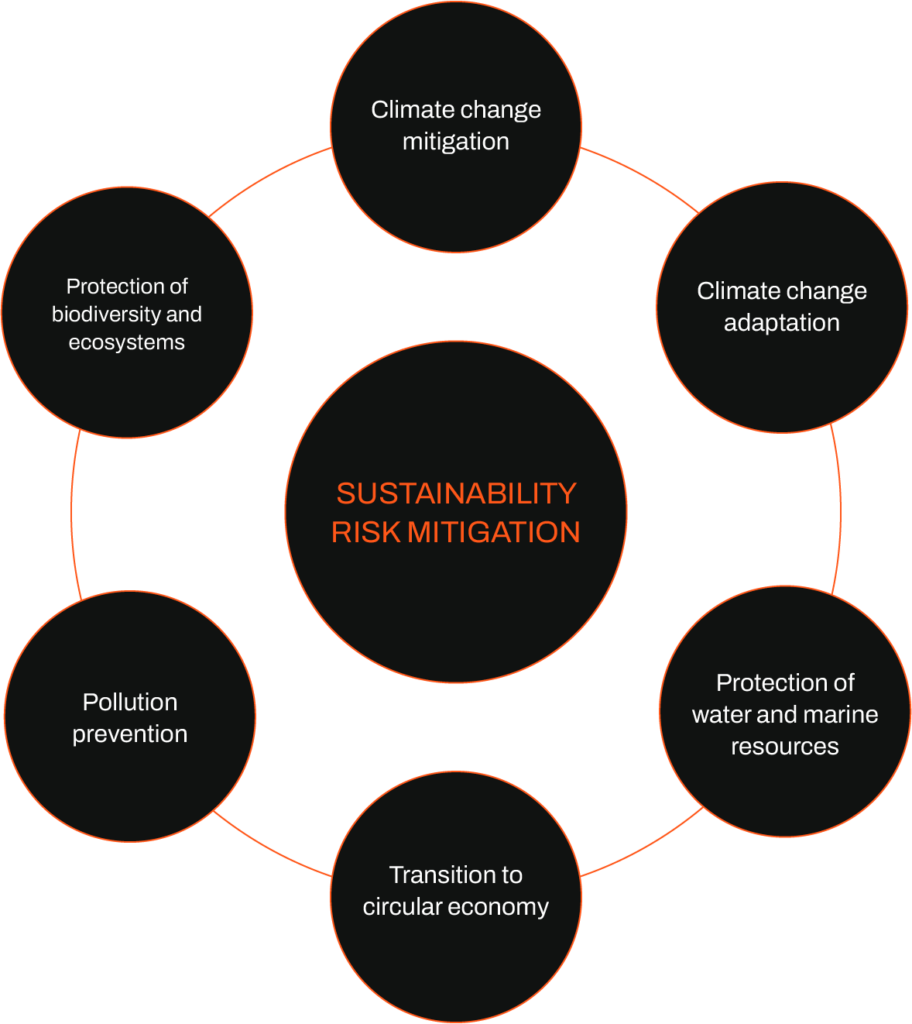
By Dominik Szeląg
In a current dynamic situation in the European Union where new environmental policy obliged businesses to shift into net-zero transformation, it seems that the critical element is to find IT data-driven solutions. Not just to be transparent and fully compliant with regulations but also to build a sustainable strategy with measurable and achievable targets and KPIs.
Decarbonization of the EU – European Green Deal
In 2020 European Union adopted a set of policy initiatives with the Green Deal on top of that to reach net-zero greenhouse gas emissions by 2050. It is fully aligned with the Paris Agreement adopted in 2015 to limit the global temperature increase to 1,5 °C. Additionally EU implemented the Taxonomy Regulation on financing and founding the investments with the prior for climate-neutral solutions. The banks and private funds should also invest in green solutions, which could be treated as insignificant risk-level investments compared to the traditional ones. Taxonomy is also a measurement tool that answers an investor which companies and assets have mitigated the climate, environmental and social risk. Based on the above private and public sector is obliged to consider the legal and business conditions that have already changed and are changing in the coming years.

Carbon footprint assessment
At the beginning of the transition road, the critical activity seems to be that all companies must analyze their carbon footprint for the operations, product production, distribution, usage phase, and end of life. It will require a life cycle analysis of products, followed by redesigning of products as well as a review of entire business models. Especially in transportation and operations energy efficiency is crucial for a business. Renewable energy also will become the first choice for property managers. Additionally more critical will be BREEM and LEED certification of business offices, storage, and warehouses. Simultaneously, the whole supply chain needs to be controlled with the impact of the contractors and suppliers on every single stage of operation. From that perspective, the PPP should play a significant role in clear law regulations.
Mandatory reporting (CSRD)
The brand-new topic is that on the 21st of June 2022, the Council and European Parliament reached a provisional political agreement on the Corporate Sustainability Reporting Directive (CSRD). This document should standardize the topic of sustainable reporting requirements. Until 2024, the content will be protected by the present reporting directive. Starting from 2024, it will begin covering all the companies on the market within the scope of the current directive. From 2025 – mandatory for other large companies. From 2026 for listed SMEs.
The EU Sustainability Reporting Standards (ESRS)
To get specific details and one standard about the corporate sustainability reporting, during preparation is ESRS (The European Union Sustainability Reporting Standards) which should align the methodology of ESG reporting requirements, indicators, measurement, and tracking. This regulation will apply to companies above 250 employees with more than 40 M € revenue, more than 20 M € total assets, and publicly listed equities with more than ten employees and 20 M € income. It’s estimated that 50,000+ companies who do business in Europe will need to report according to ESRS requirements.
Risk mitigation
The measures according to the CSRD directive will indicate the six pillars of sustainability risk mitigation: climate change mitigation, climate change adaptation, the sustainable use and protection of water and marine resources, the transition to a circular economy, pollution prevention, and control, and the preservation and restoration of biodiversity and ecosystems. The whole environmental, social, and government system is necessary to measure and check the company’s current impact on the internal and external stakeholders and decide on the allocation of financial capital.

Data-driven solutions for compliance in sustainability
New environmental regulations force the private sector to quicker transition, which can be achieved only through innovations and digitalization. The data-driven solutions have enormous potential in helping business to comply with new regulations and build a competitive advantage. For example, the European Climate Law supports a full-fledged scheme for hydrogen certification. Germany is looking for cooperation with the automotive business in using biobased methane, which could fully replace fossil fuels. On the other hand, there is a raw materials sector difficult to decarbonize because it needs specific requirements and will need innovative technologies to make this change happen. The circular approach is the next element on the road to achieving net-zero targets, implementing product as a service solution, and minimizing planned obsolescence. Starting from the initial phase, closing the loops is an opportunity to cut CO2 emissions in the whole life cycle.
How to start?
To start developing the innovations, fulfill the law requirements, and redesign business models good to have IT tools that support business strategies, decisions, and further sustainability reporting. The crucial from that perspective is a simple, potentially automated system to collect the data. Also important is to include in that scheme the data from internal stakeholders and external suppliers and allow measuring potential impact in a whole value chain. Gathered data next should be presented in a clear and readable dashboard as a first step to preparing the analysis and incentivizing the status. The next step is to check how it corresponds with local and European targets and how to design different strategies and achievable KPIs.
Here the sustainable journey has just begun. Rightful insights from the data support actual change in the sustainability area: the company gains, the customer gains, and the environment gains.
If you are interested in hearing more, connect with our ESG team at ESG@cloudsonmars.com
Read more about sustainability:
Energizing ESG with Open Data and Power BI – Our Case Study
How to work with Microsoft Cloud for Sustainability
